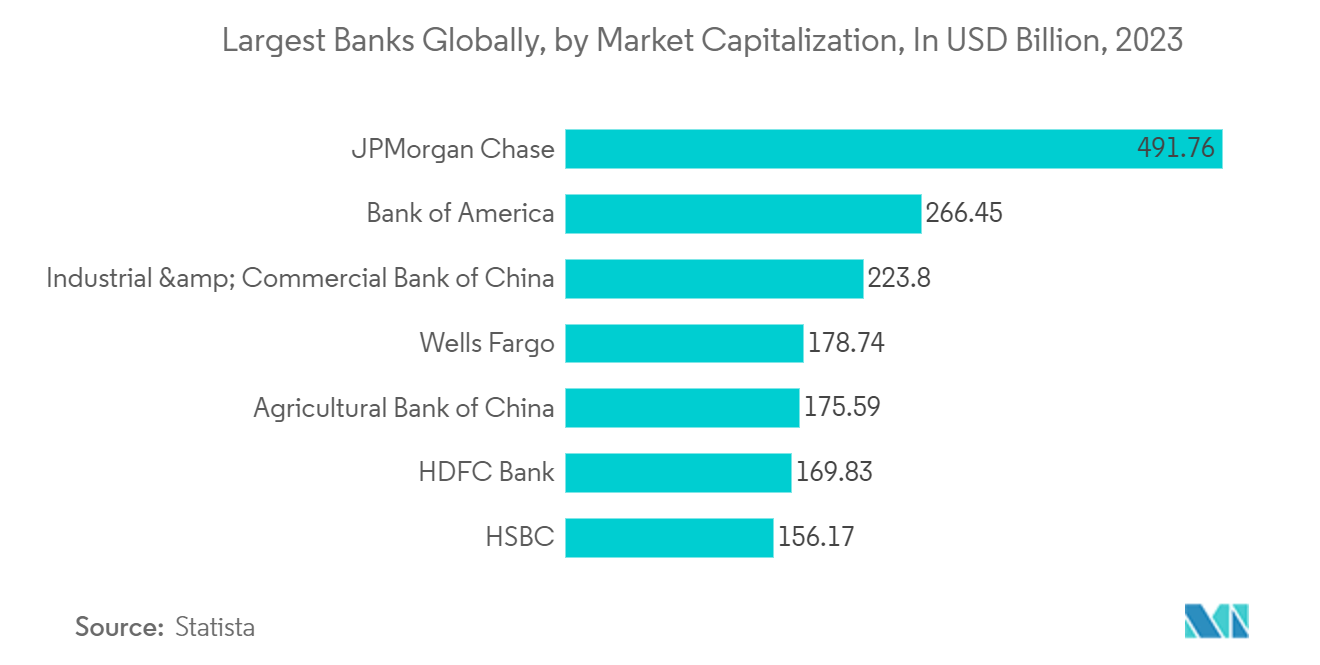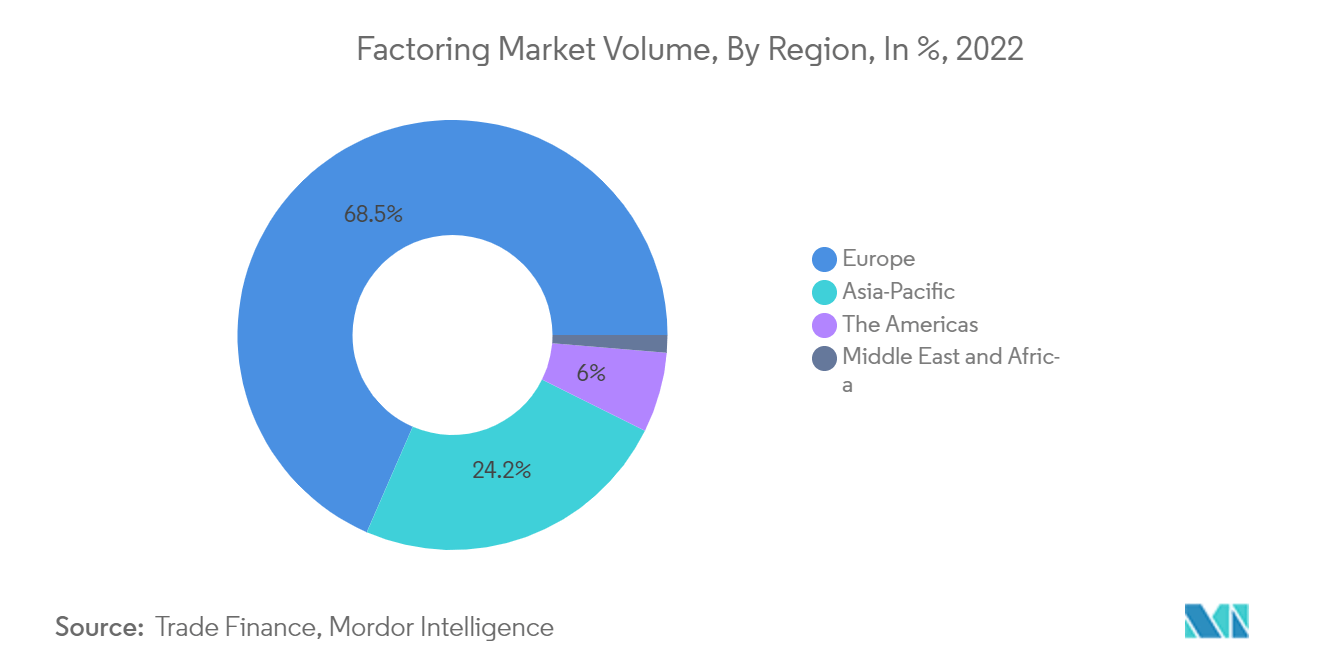Market Trends of Factoring Industry
Banks have the Largest Market Share in the Factoring Market
Banks, the largest financing organizations in the world, are expected to experience significant growth during the forecast period. This is one of the major factors driving growth in this segment. Banks are investing in cutting-edge technologies such as DLT (Distributed Ledger Technology) and Blockchain to address their clients' financial needs. Direct access to cash, the assurance of a regulated bank, and more competitive rates are some of the factors driving growth in the segment.
Many factoring services providers, such as Eurobank (Eurobank Fiduciaire SA), REV Capital, Trade Wind Finance, etc., are adopting different business models to diversify their services portfolio to attract new business customers. For example, in the previous year, Eurobank Factors (a subsidiary of Eurobank), a factoring services provider, announced new enhancements to its factoring business and the launch of new digital factoring services. The new digital factoring services offered by the bank are designed to assist clients in improving their cash flow ratio and to offer loyalty schemes on concessional terms.

Europe is Expected to Dominate the Market
Europe is the biggest contributor to the industry. The top five players in terms of factoring volume are France, the United Kingdom, Germany, Italy, and Spain. Several markets outperformed expectations, with impressive growth rates, such as Poland, Romania, and Russia, as well as Bulgaria and the Czech Republic.
While there is a general increase in factoring adoption across Europe, Eastern Europe is experiencing the highest growth rate. As the financial and business market in the CEE region continues to harmonize and align with Western European banking standards (partly driven by the market penetration of the region's banking groups), there are improved and more effective standards and stricter regulations to prevent the risk of corrupt practices.
The UK government agreed with the country's leading companies that helped businesses access more affordable credit. Prominent corporations extended fresh and cost-effective funding to their suppliers, a considerable portion of which comprises small- and medium-sized enterprises (SMEs) in the United Kingdom.


